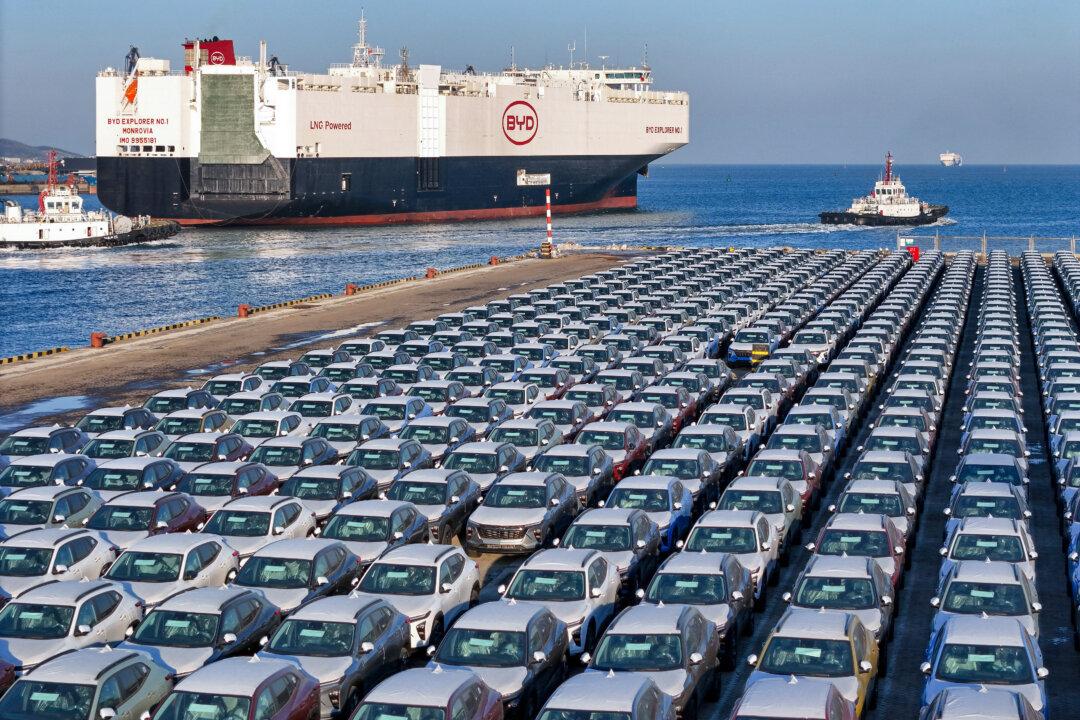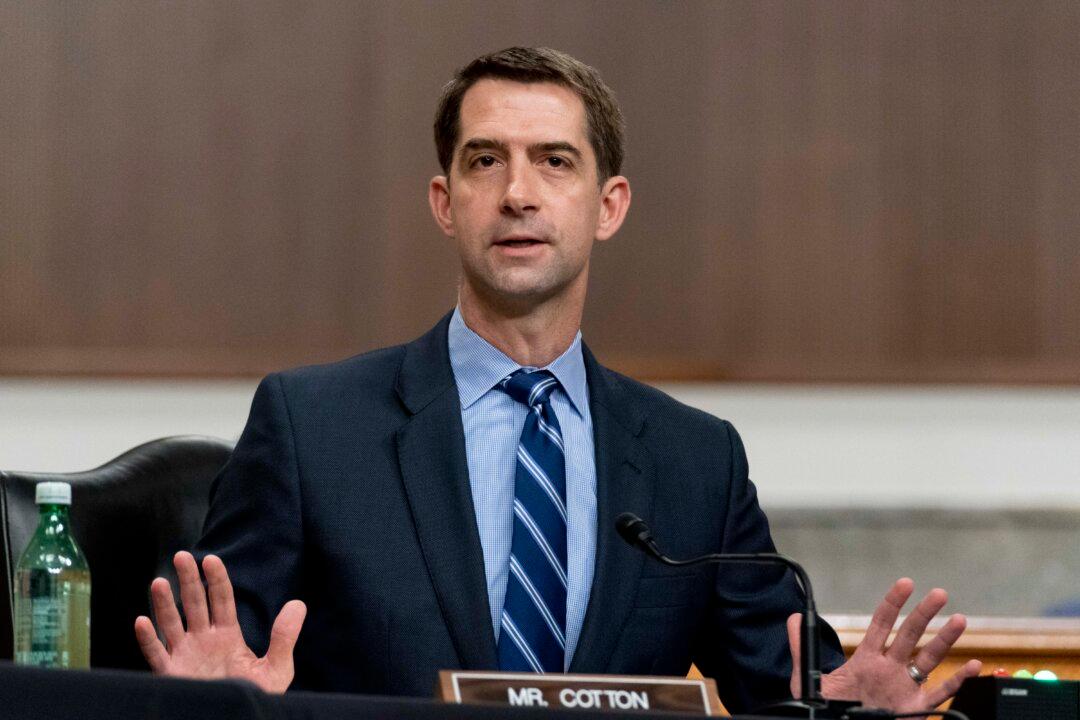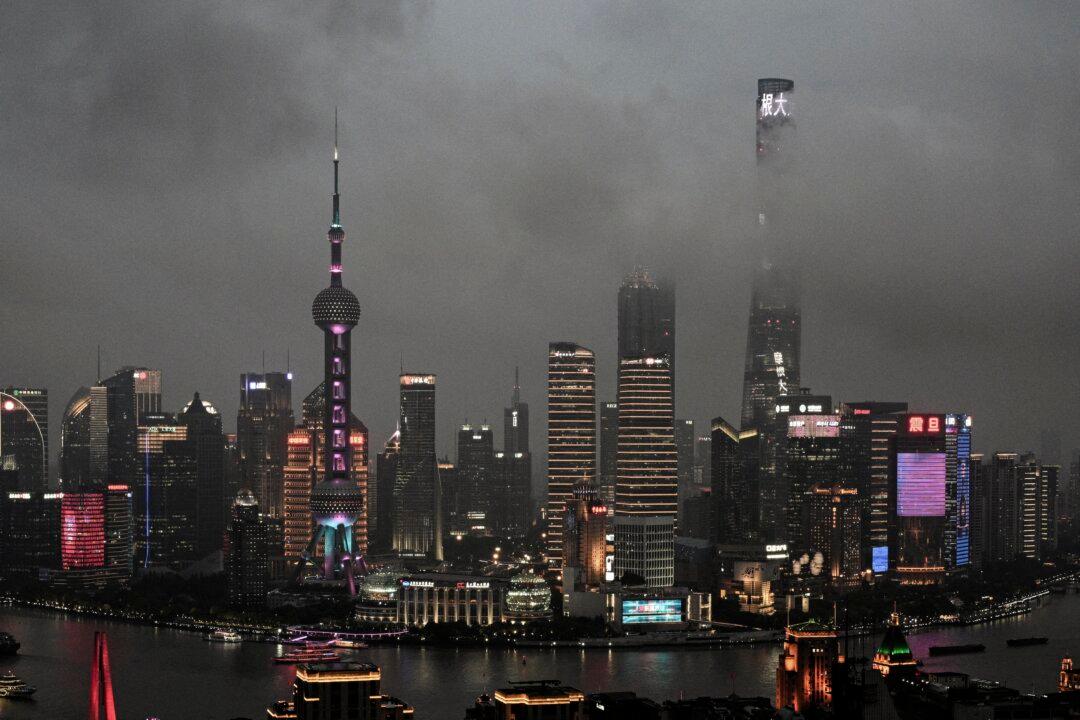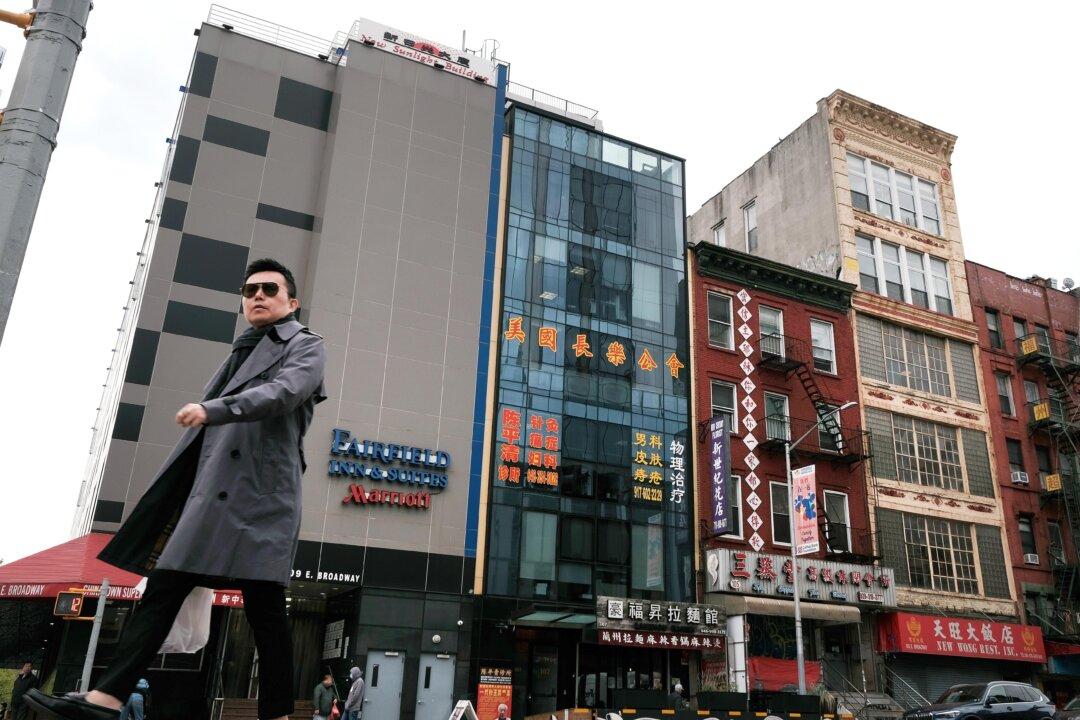The United States needs to take “more creative approaches” to protect its markets, workers, and manufacturing base against China’s heavily subsidized industrial capacity, said Jay Shambaugh, Treasury under secretary for international affairs.
Mr. Shambaugh said traditional measures to counter unfair trade practices, such as tariffs under Section 301, are insufficient to address industrial overcapacity from the Chinese communist regime.




